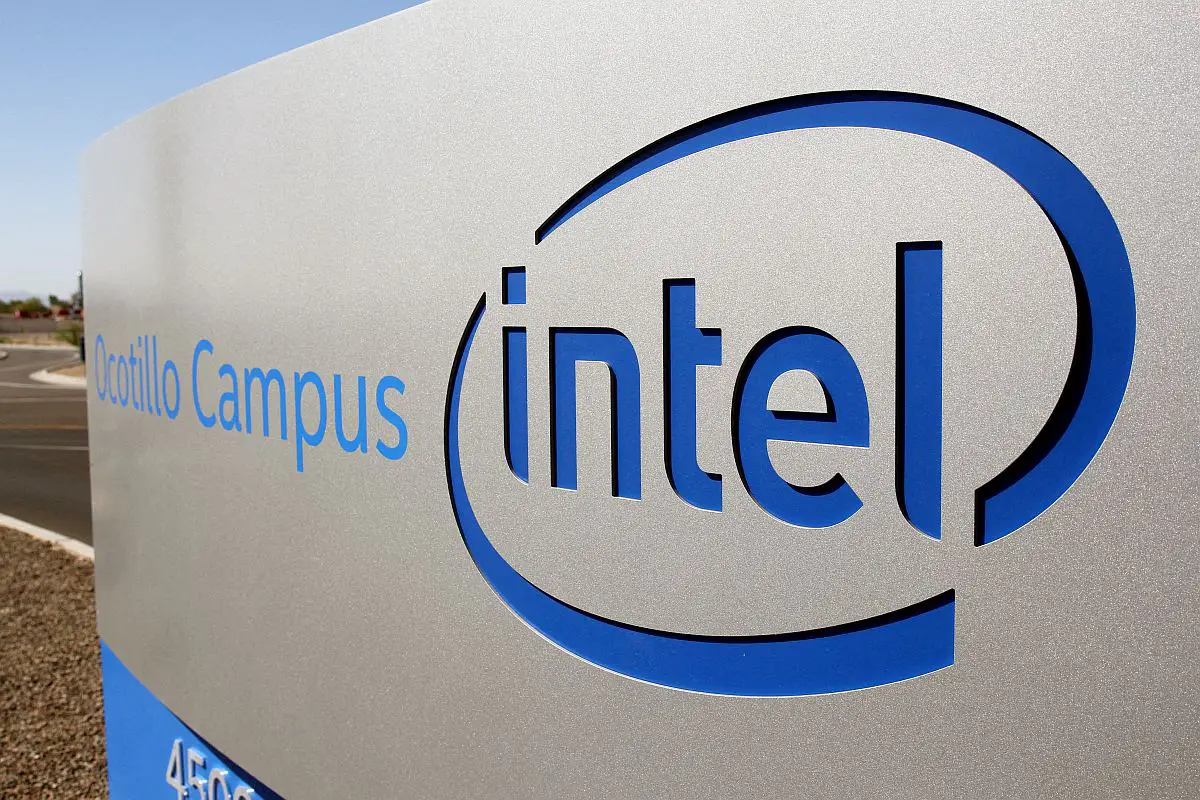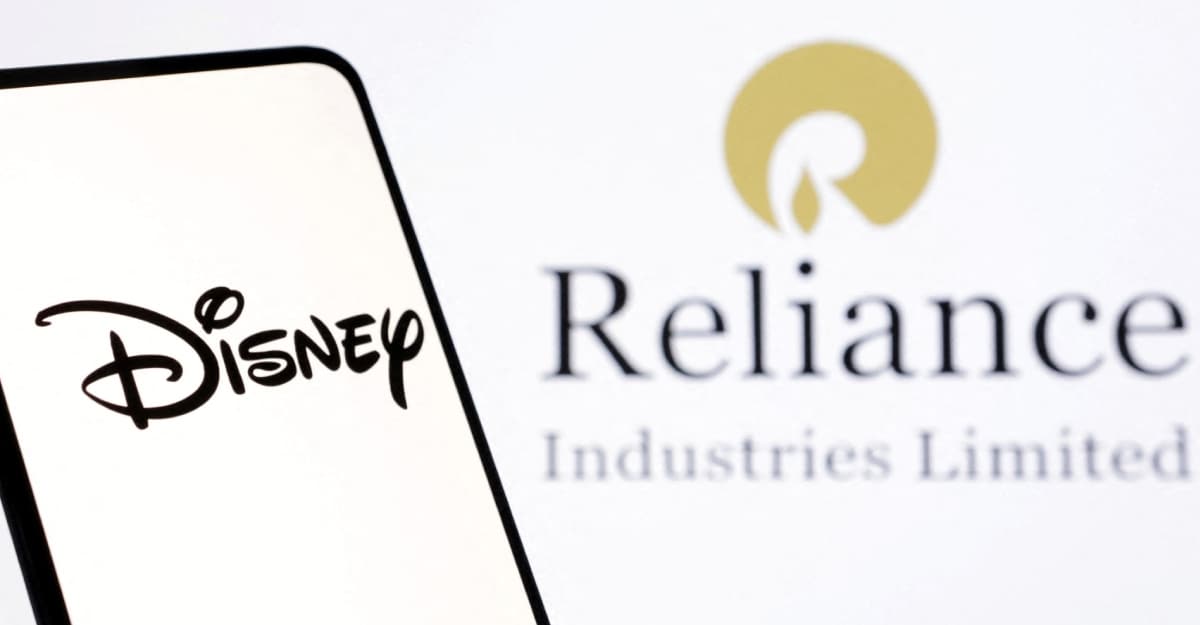Journalists, researchers, and politicians are mourning Meta’s shutdown of CrowdTangle, which they used to track the spread of disinformation on Facebook and Instagram.
In CrowdTangle’s place, Meta is offering its Content Library – but is limiting usage to people from “qualified academic or nonprofit institutions who are pursuing scientific or public interest research.” Many researchers and academics, and most journalists, are barred from accessing the tool.
Those who have been using the Meta Content Library say it is less transparent and accessible, has fewer features, and has a worse user experience design.
Many people in the community have written open letters to Meta in protest. They question why the company axed a useful tool for combating misinformation three months ahead of the most contentious U.S. election in history – an election that is already threatened by the proliferation of AI deep fakes and chatbot misinformation, some of which has come from Meta’s own chatbot – and replace it with a tool that academics say is simply not as effective?
In short, if it ain’t broke, why fix it?
Meta hasn’t provided many answers. At an MIT Technology Review conference in May, Meta’s president of global affairs Nick Clegg was asked why the company wouldn’t wait to shut down CrowdTangle until after the election. He called CrowdTangle a “degrading tool” that doesn’t provide complete and accurate insights into what’s happening on Facebook.
“It only measures a narrow cake slice of a cake slice, which is particular forms of engagement,” said Clegg at the time. “It literally doesn’t tell you what people are seeing online.”
His rhetoric paints CrowdTangle as an almost recklessly bad tool for Meta to allow to exist. That’s in stark contrast to Meta’s promotion of the platform in 2020 as a source provided to Secretaries of State and election boards across the country to help them “quickly identify misinformation, voter interference and suppression” and create custom “public Live Displays for each state.”
Today, Meta’s hard line is that the Content Library provides more detailed insights about what people actually see and experience on Facebook and Instagram. A spokesperson from Meta told TechCrunch the new tools offer a more comprehensive data gathering experience.
Some researchers who were accustomed to the old tool disagree.
“It’s only 10% of the usability of CrowdTangle,” Cameron Hickey, CEO of the National Conference on Citizenship, told TechCrunch. He pointed out that CrowdTangle was “a sophisticated quasi-commercial product” with its own business before Facebook acquired it in 2016. Under the Facebook umbrella, the tool only improved as the team onboarded feature recommendations from a large pool of users. Hickey helped author a report that compares the features on the two platforms, co-published by Proof News and the Tow Center for Digital Journalism at Columbia’s Journalism School.
Hickey said Meta’s content library offers some of the same data from CrowdTangle, but ultimately only “1% of the features.”
“If you wanted to look at the number of followers that CNN’s Facebook page has had over time, that’s something you can’t do in the Meta Content Library, but you can do in CrowdTangle,” said Hickey. “And indicators like that are often very useful for understanding how the prevalence or prominence of an actor on social media changes over time, and connecting those to other things, like, did they make a viral post and then suddenly their total number of followers doubled?”
Some of the features that exist across both platforms – like tracking how often political parties post about certain topics and seeing the relative engagement – are simply more tedious to do on MCL, says Hickey, which points to poor user experience design.
Crucially, even though people might be able to access data – say, about posts that mentioned immigration – what they can do with that data is considerably more limited.
“You can’t build out the kinds of interactive charts that were available with CrowdTangle,” said Hickey. “You can’t build out public dashboards. And most importantly…you can’t download all of the posts.”
Users can only download posts for accounts that have greater than 25,000 followers, but many politicians fall well short of that count.
“This leaves a lot of researchers with very few options, and one of the only remaining ones is one that has complications, which is scraping the data directly,” said Hickey.
Another main problem with MCL is that Meta is not granting access to watchdogs that previously used CrowdTangle to track misinformation’s spread.
Media Matters, a nonprofit watchdog journalism organization, told TechCrunch it doesn’t have access to MCL today. In the past, the organization used CrowdTangle to show that contrary to right wing media and Republican talking points, Facebook was not actually censoring conservative information.
In fact, right-leaning pages got considerably more engagement on their content compared to non-aligned or left-leaning pages, research director Kayla Gogarty told TechCrunch.
“CrowdTangle has given us the ability to see the sorts of content that is widely engaged with on the platform,” Gogarty said. “Algorithms are usually a black box, but at least having some of that engagement data could help us learn a little more about the algorithms.”
Gogarty pointed out that ahead of the January 6 attack on Capitol Hill, researchers and reporters used the tool to sound the alarm about online organizing and the potential for violence to delegitimize the election.
“What this ultimately is going to mean is just that fewer civil society groups are able to monitor and track what’s happening on Facebook and Instagram during this election year,” Brandi Geurkink, executive director of the Coalition for Independent Technology Research, told TechCrunch.
Hickey contrasted Meta, which did spend time and probably millions of dollars to create the Content Library, with Elon Musk’s actions at Twitter (now X). When Musk bought Twitter, he immediately limited access to the Twitter API, which allows developers, journalists and researchers to access and analyze data from the platform in a similar fashion to CrowdTangle. Now, the price tag on the cheapest enterprise X API package is $42,000 a month, and it provides access to only 50 million posts.








